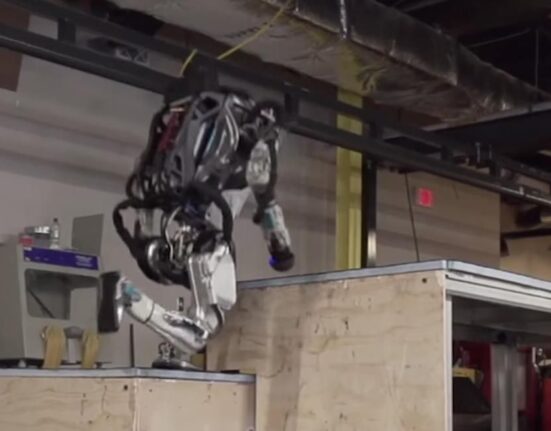Imagine stumbling upon a treasure trove that challenges everything we thought we knew about ancient human development. Well, that’s precisely what happened when researchers unearthed a complete Quina technological system at the Longtan site in southwest China. This groundbreaking discovery dates back an astonishing 50,000 to 60,000 years ago.
Quina technology isn’t entirely new to the archaeological world; it was first identified in Europe several decades ago. However, its presence in East Asia is a game-changer. As Ben Marwick, a co-author of the study and professor of archaeology at UW, put it:
“This is a big upset to the way we think about that part of the world in that period of time.”
The find raises intriguing questions about the activities and innovations of ancient populations during this era.
The Middle Paleolithic era, spanning approximately 300,000 to 40,000 years ago, holds immense significance in human evolution. While this period marked crucial developments among various hominin groups globally – from modern humans in Africa to Neanderthals and Denisovans in Eurasia – there existed a prevailing notion that progress within China lagged behind during the Paleolithic age.
Contrary to earlier beliefs, the identification of Quina technology in southwest China around 55,000 years ago debunks the theory of stagnation and adds depth to our understanding of Homo sapiens’ journey alongside other hominins like Denisovans. At the core of this technological system lies a unique tool known as a scraper – characterized by its thick asymmetrical structure with a sharp working edge for tasks like bone scraping or wood carving.
As researchers delve into unraveling how this toolkit made its way into East Asia, they ponder over whether it arrived through gradual migration or if it emerged independently without external influences. Understanding this process is pivotal for tracing cultural exchanges and technological advancements across ancient populations.
The quest for uncovering Quina technology hints at broader shifts occurring within Chinese archaeology. Archaeologists are now more attuned to recognizing significant findings while reevaluating entrenched assumptions regarding historical development patterns in the region. This discovery serves as a catalyst for questioning conventional narratives and fostering fresh perspectives within scholarly circles.
While luck undoubtedly plays a role in unearthing archaeological treasures, researchers aspire to unearth human remains associated with this period – potentially shedding light on enigmatic ancestors like Neanderthals or Denisovans who might have roamed these lands eons ago. The prospect of discovering new human lineages presents an exhilarating possibility for shaping our understanding of prehistoric communities further.
This groundbreaking research wouldn’t have been possible without collaboration from esteemed experts worldwide hailing from institutions like the Chinese Academy of Sciences and universities across Australia,
Spain,
the United States,
and Italy.
Funding support from various organizations underscores the importance of such interdisciplinary endeavors aimed at unraveling humanity’s intricate past through tangible artifacts left behind by our distant predecessors.









Leave feedback about this